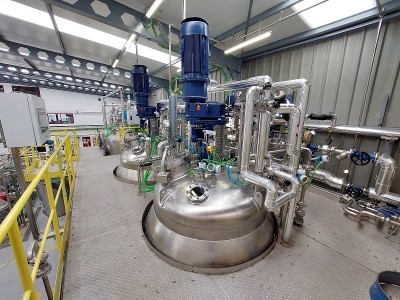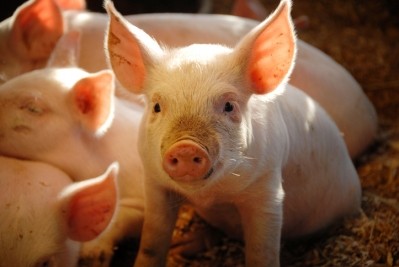Evonik: Diets based on low CP content and amino acids can reduce environmental footprint of livestock farming

In the LCA, the developmentally appropriate feeding of swine, broiler chickens, and laying hens with balanced amino acid profiles and low crude protein content, was evaluated according to the following criteria: global warming, acidification and eutrophication potential; blue water consumption; land occupation; and respiratory inorganics.
The analysis included feed raw material production, animal husbandry, and manure treatment emissions.
"Our system solution – based on a balanced amino acid profile, low crude protein content, and our amino acid products – can contribute significantly to reducing the environmental footprint of livestock farming, without compromising animal welfare," said Dr Emmanuel Auer, head of Evonik's animal nutrition business.
Essentially, the reduced protein levels lead to reduced nitrogen content of excretions, which in turn leads to reduced air and water nitrogen pollution.
The study was audited and certified by TÜV Rheinland, according to ISO 14040 and 14044.
Reductions in acidification, eutrophication
Michael Binder, sustainability lead at the same business line, said the LCA demonstrated that Evonik’s ‘system solution’ can reduce acidification, eutrophication and the release of respiratory inorganic substances induced by ammonia.
The feed concept, as set up for the certified study, is very flexible and can be tailored to specific demands of customers, he added.
When asked by how much this system solution reduced acidification, eutrophication and nitrogen-based emissions, he firstly noted that the reduction potential is closely related to the particulars of a given production scenario including region, fam animal species, feed compositions, animal performance, climate impacts, and more.
Going into some specifics for us, looking at broiler production, he said the maximum reduction for acidification seen was up to 13%, and, in terms of the eutrophication potential, a reduction of up to 14% was observed.
As regards pig production, a 10% reduction in terms of acidification was reported, while, for eutrophication, a reduction potential of up to 11% was observed, he told us.
Binder said that while life stage can make a difference, given the different feed conversion ratios and feed formulations associated with each stage, the final data published are the overall weighted figures covering the entire production cycle of broilers, layers or pigs.
The study also demonstrated another advantage of low protein feeding regimes: the option to use regional raw materials with a lower environmental footprint, he said.
“This study shows, in general, the potential for reducing environmental burdens of livestock production when replacing imported oilseeds by alternatives, either imported or locally produced. The sustainability mitigation potential is comparable since the impact of transportation is minor compared to the effects of the protein reduction.”
The inclusion of locally produced alternatives in feed formulations is often limited, he said, by availability or pricing.








